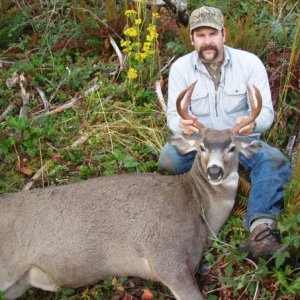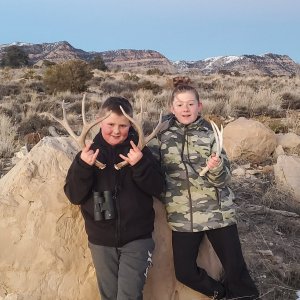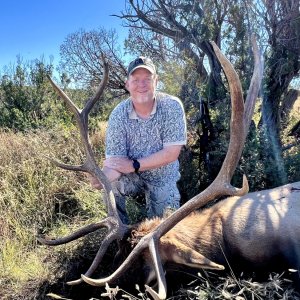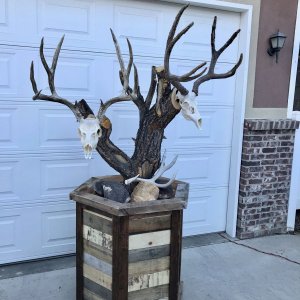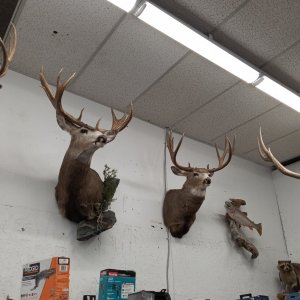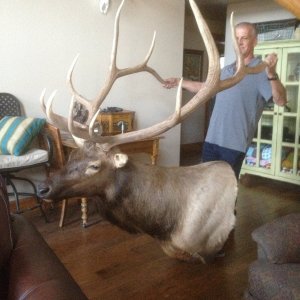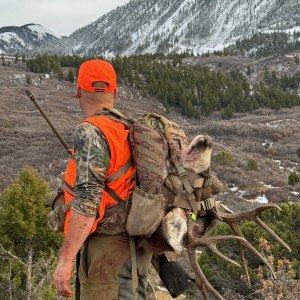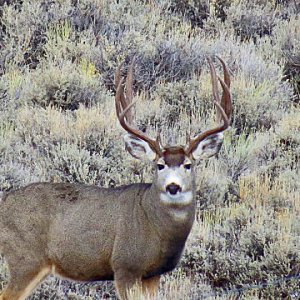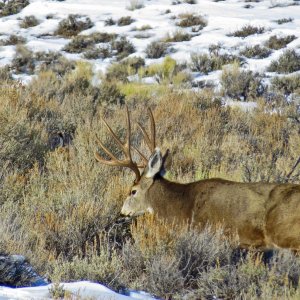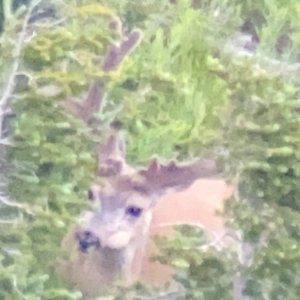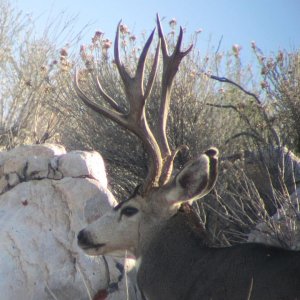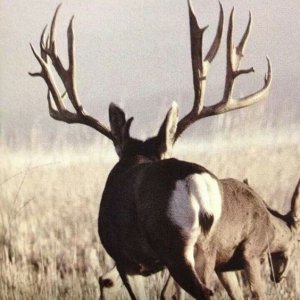LAST EDITED ON Oct-26-14 AT 10:46AM (MST)[p]I've trained new hunters and given seminars on predator hunting for a long time, so I'll share my experiences, Generally , if you're going to dabble in coyote hunting than almost anything will work to some degree, however, just like with optics and firearms I would suggest that you buy the best that you can afford, coyote hunting basically is a year round sport unlike big game with short seasons.It also can be every bit as exciting as any big game hunt, you never know what you will call in. I have used most of the cheap units and eventually gave them away to new hunters, the only one I kept for 5 years was the Primo's power dog, but , it only had 12 calls although it was as clear and far reaching as my Foxpro, with the Foxpro you can add calls depending on the area you will be hunting, I use kitten in distress when I'm within a couple of miles of an area with houses, also , at least here in California our areas are heavily hunted and the Yotes are sometimes call shy, so you have to get creative. Combine a mouth call with whatever e- caller that you are using, don't worry about whether you can call properly, no two dying animals sound alike. Lastly, call into the wind but watch your downwind and crosswind side and make sure you have a shooting lane, remember when you are hunting them , to us it's a sport, to them it's a life or death situation every day, also your greatest enemy as a predator hunter is movement, they can pick up the slightest movement far away, good luck

